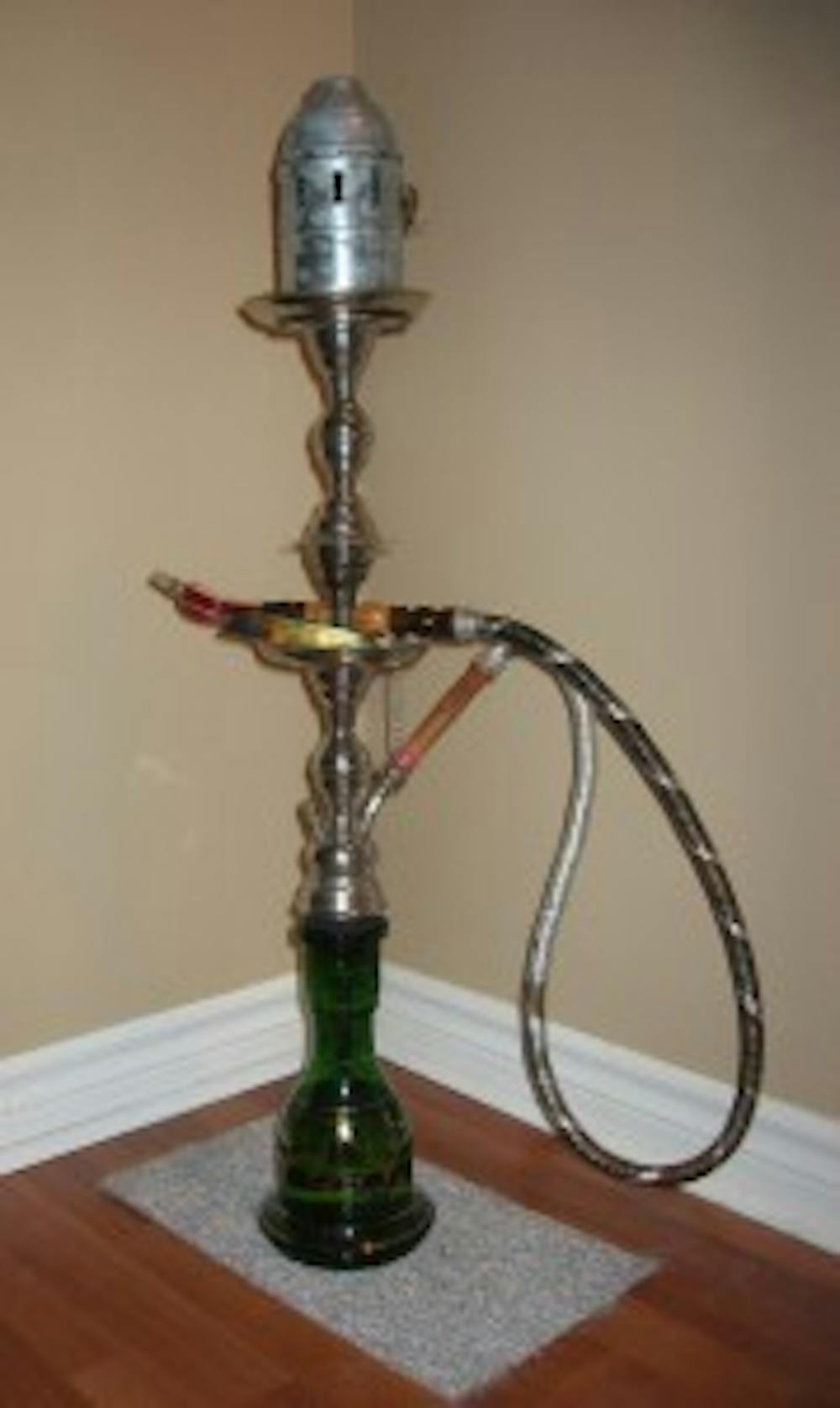There is not much debate anymore about the effects of cigarette smoke on health — the Centers for Disease Control and Prevention (CDC) states that cigarette smoking is the leading preventable cause of death in the U.S. and causes at least 480,000 deaths per year.
The past few decades have seen a steady decrease in smoking rates of adults, down from roughly 35 percent in the 1980s to around 19 percent in 2010. However, people are not giving up tobacco entirely.
As cigarette smoking rates fall, more people, especially teenagers and young adults in high school and college, are starting to smoke tobacco from hookahs. While there have been claims that smoking tobacco from a hookah is healthier than smoking cigarettes, a new meta-analysis shows that hookah smokers are still inhaling large amounts of toxicants.
A hookah is a water pipe used to vaporize and smoke shisha, flavored tobacco. It is different from other forms of smoking because heated coals are used to evaporate the tobacco rather than burn it. The tobacco smoke is then drawn through water before it reaches the inhaler.
The method originated from the Middle East, but has since gained popularity in other parts of the world. In fact, the CDC has recently reported that, for the first time in history, U.S. high school students’ past 30-day usage of hookah tobacco was higher than their past 30-day usage of cigarettes. The report also stated that about one-third of U.S. college students have smoked tobacco from a hookah at least once.
New research, published in the journal Public Health Reports, indicates that smoking hookah exposes individuals to large loads of toxicants. Researchers from the University of Pittsburgh Schools of the Health Sciences reviewed more than 520 scientific articles and ultimately performed a meta-analysis (a mathematical summary and analysis of previously published data) of 17 studies that included enough data to reliably estimate the amount of toxicants inhaled when smoking hookah or cigarettes.
The findings indicate that an individual participating in one hookah session can inhale 125 times the smoke, 25 times the tar, 2.5 times the nicotine and 10 times the carbon monoxide as an individual smoking a single cigarette.
However, the researchers point out that the comparison between the amount of toxicants someone would inhale from smoking a single cigarette to a hookah smoking session can be a little more complicated than what the numbers show, since people do not smoke cigarettes and hookahs in the same way. For instance, there are differences in smoking patterns — a frequent cigarette smoker may be able to smoke 20 or more cigarettes a day while a frequent hookah smoker may only be able to participate in a few hookah sessions a day.
Based on these differences, the researchers stress that the estimates in their findings cannot tell us whether smoking tobacco with a hookah is ‘worse’ than smoking a cigarette. More data on usage patterns and frequencies of hookah smoking is needed in order to make comparisons of overall toxicant loads between the two activities.
The results do indicate that hookah smoking can pose real health hazards and concerns.
Currently, the researchers are hopeful that their findings will highlight the need for hookah smoking to be monitored more closely than it currently is. For instance, according to lead author Brian A. Primack, hookah smoking was not included in the 2015 Youth Risk Behavior Surveillance Survey System questionnaire, but cigarette smoking, e-cigarette usage, chewing tobacco usage and many other forms of substance abuse were included.
The researchers also hope that this meta-analysis will be able to provide helpful estimates for official reports and educational resources.





